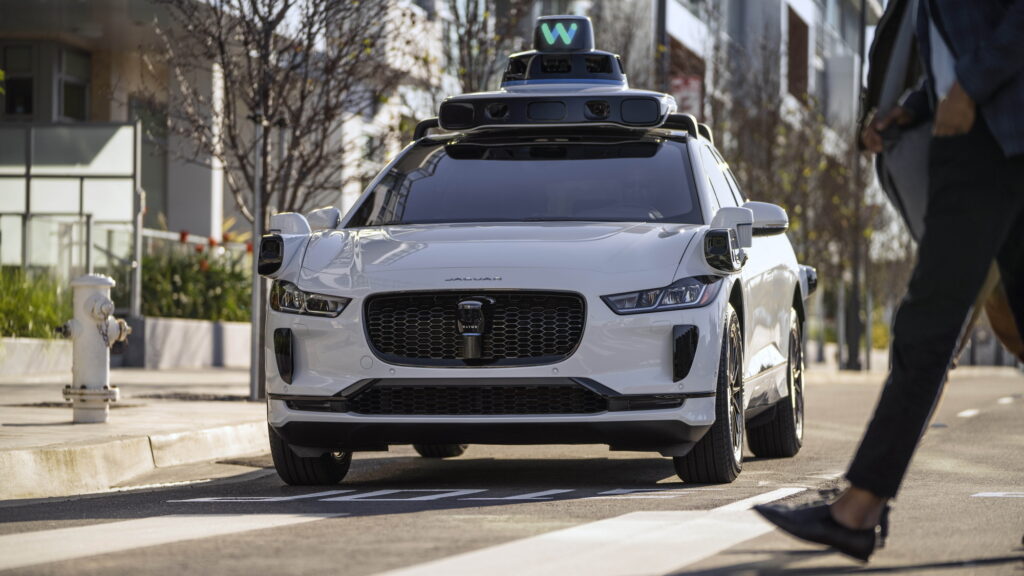Porsche 718 Cayman EV Lets The Fake-911 Mask Slip

- Spy photographers have come within inches of Porsche’s new 718 EV.
- The Cayman has 911 GTS-style aero slats and carbon ceramic brakes.
- This one’s an EV but a top-end ICE version is now also in development.
Despite delays and setbacks, Porsche’s next-generation 718 Cayman is creeping closer to reality – so close in these latest spy shots that you could almost reach out and touch it. Our photo team cosied up to the first ever electric Cayman outside the Nurburgring, revealing some key design details for the first time.
Previous prototypes always hid the shape of the rear-quarter window line with false bodywork and heavy vinyl, but now we can finally see how the real thing will look. The test car still wears fake chrome trim to disguise the outline, as if trying to fool us into thinking we’re looking at a 911. But it’s clear that the next 718 will have a much more pronounced kick-up in the window line behind the door than its bigger brother does.
Related: Porsche Is Sneaking Gas Power Back Into The Next 718
The kick isn’t as extreme as the one on the current Cayman, though. Looking back at the 2021 Mission R electric racecar concept that gave us our first taste of how a next generation Cayman could look, you can see the exact same line, along with headlights that appear very similar to the trick LED Matrix units fitted to this prototype.
Active Aero
The front and rear bumpers remain covered, but enough is visible to confirm some version of the vertical aero slats seen on the new 911 GTS and Turbo models. That detail, along with a set of optional carbon-ceramic brakes, shows Porsche isn’t letting the switch to electric dull its performance focus. Expect the active aero elements and clever airflow management to play a major role in both battery cooling and aerodynamic efficiency.
Underneath, the Cayman EV rides on a dedicated electric architecture with the batteries mounted vertically behind the driver. Power figures remain secret, but Porsche insiders have hinted at dual-motor all-wheel drive setups and sub-4-second 0-62 mph times for the higher trims. Base cars will get a single motor and rear-wheel drive.
Baldauf
An ICE Comeback
For anyone mourning the end of the flat-six era, there’s a glimmer of hope. Porsche recently confirmed that, due to strong customer demand, combustion-powered versions of this next-generation 718 are also in development. The petrol models will sit at the very top of the range, likely limited-production specials aimed at purists who still crave a manual gearbox and exhaust noise.
They’re some years away though, meaning all eyes will be on the electric Cayman and its convertible Boxster sibling when they debut next year. If Porsche knew five years ago what it knows now about the health of the electric market, it probably wouldn’t have gone all-in on electric power for the 718s, and it’s true some Porsche fans will be turned off by the idea of them being EVs. However, having sampled the Taycan, we’re in no doubt that it’ll still be great to drive. We’ll find out for sure in 2026.






































